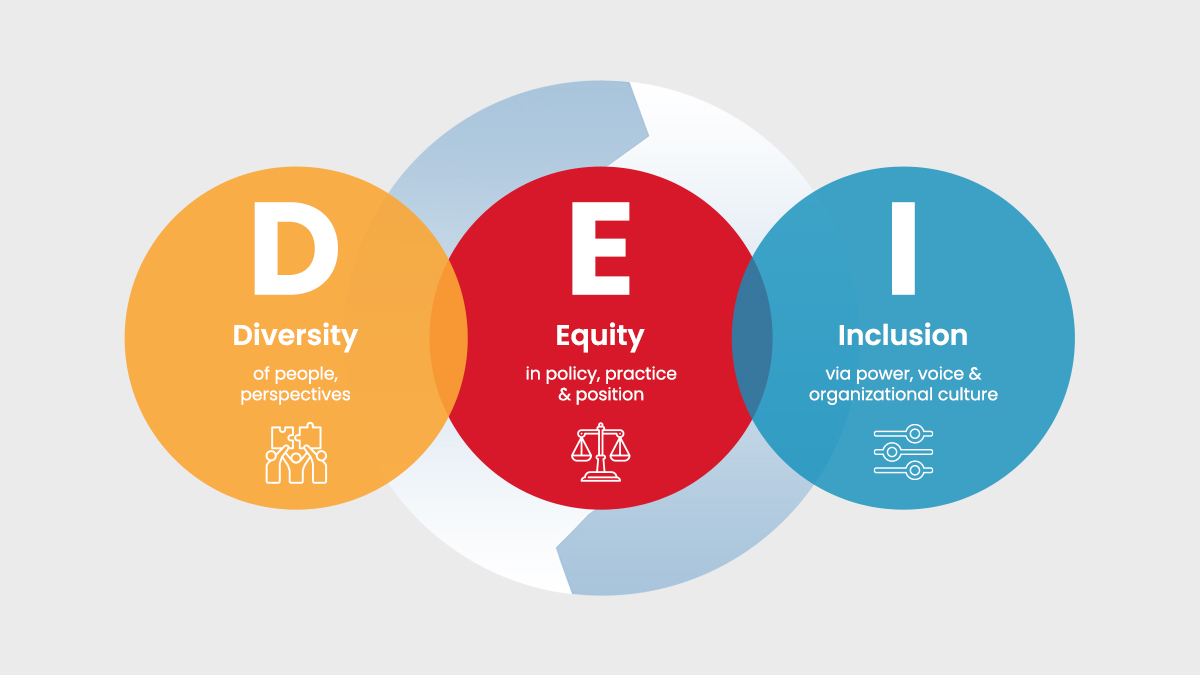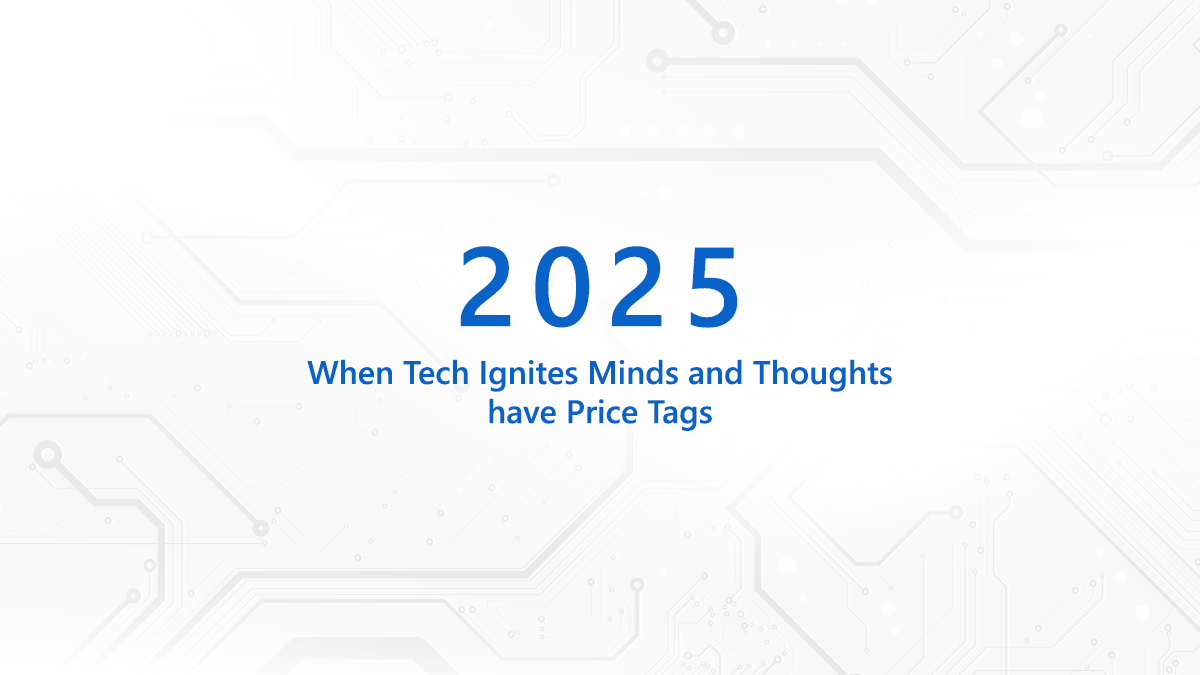.jpg) I’m harking back to 2021. It was a time when the war for tech talent was getting fiercer and spreading to new fronts. The demand for skilled digital talent was rocketing. Technology, especially adoption of emerging technologies for digital transformation had turned Mission Critical for businesses across sectors. The CEO of every tech company- big or small realized that the recipe to survive and surge ahead of competition was to onboard the best talent. But helming a mid-scale IT company, I knew this is always a profound challenge. Hyperscalers like Apple or Google and the cash-rich start-ups sucked up top-flight candidates at stratospheric salaries. Our compensation budgets could not match up to their standards.
I’m harking back to 2021. It was a time when the war for tech talent was getting fiercer and spreading to new fronts. The demand for skilled digital talent was rocketing. Technology, especially adoption of emerging technologies for digital transformation had turned Mission Critical for businesses across sectors. The CEO of every tech company- big or small realized that the recipe to survive and surge ahead of competition was to onboard the best talent. But helming a mid-scale IT company, I knew this is always a profound challenge. Hyperscalers like Apple or Google and the cash-rich start-ups sucked up top-flight candidates at stratospheric salaries. Our compensation budgets could not match up to their standards.
At CSM Tech, I have witnessed the arduous journey of letting in quality talent. We have also encountered the phenomena of droves of techies quitting each year, heading for better pastures. Managing talent flight and inducting the fresh hires is a ceaseless challenge. We realized it and felt that we need to scale up our HR cohorts. Since the peak of the talent war in 2021, our HR team has grown four-fold. Besides ramping up the headcount, our HR is more structured after we hived off Talent Acquisition Group (TAG) and Resource & Capability Management (RCM) as exclusive verticals within the HR umbrella. Our rejuvenated HR team is more capable than ever to manage talent acquisition and retention and deftly juggle it with exit management.
.jpg)
Whether you attract talent or navigate their exit, the worry is on securing their credentials. You may recall the case of Accenture which let go scores of its employees who had submitted fake testimonials on work experience to pocket the job offers. Dredging employee records can be tricky and time sucking for any tech company. It is an activity that companies outsource to third parties. Normally, the process of employee authentication takes off after the candidates are onboarded. And it’s understandable since companies dread losing top talent to the competition. IT companies bank on mutual trust when it comes to validating the work history of employees.
However, when instances of bogus credentials rise, technology should replace manual vetting.
Studies have shown that 48 per cent of HR professionals are facing an extreme time crunch that leaves them unable to thoroughly vet each candidate's qualifications and personal history. Fortunately, there is a solution that could make a substantial impact- blockchain technology.
.jpg) By adopting blockchain technology for employee verification, companies can gain access to top-notch candidates at a much lower cost and with greater efficiency. Whether they're hiring in large quantities or for a single position, this cutting-edge solution can deliver high-quality results in record time. Thanks to the secure and reliable nature of blockchain, employers can rest assured that they're making informed decisions about the people they bring on board.
By adopting blockchain technology for employee verification, companies can gain access to top-notch candidates at a much lower cost and with greater efficiency. Whether they're hiring in large quantities or for a single position, this cutting-edge solution can deliver high-quality results in record time. Thanks to the secure and reliable nature of blockchain, employers can rest assured that they're making informed decisions about the people they bring on board.
CSM Tech has developed an employee records verification system predicated on blockchain technology. Titled ‘ProofChain’, this unique, immutable and tamper-proof solution enables third party verifiers to validate the work experience of candidates who served in CSM Technologies across all locations of the company’s operations. The system has been developed on HyperLedger Fabric, an open source blockchain platform. Since employee credentialing system is underpinned by blockchain technology, there is no scope of tampering or altering the data or records of employees. The company has already moved the work experience data and other records of around 3500 of its ex-employees to the blockchain platform.
Under this system, the third-party verifiers are given a log-in id and password. The HR department of CSM Tech takes a call on whether they approve or reject a request placed by a third-party verifier. The process is completed in a span of seven to 15 days.
Bitcoin was the catalyst that popularized blockchain-based currency on a global scale. Similarly, blockchain employee verification software requires the support and participation of a diverse group of stakeholders who are willing to share their credentials and testimonials and work across organizations, industries, and job roles.
To enable distributed gains from this decentralized, distributed technology, we need a widespread commitment from everyone involved. Only then can we unlock its full potential and revolutionize the way we verify the qualifications of potential employees.
This blog was originally published in Priyadarshi Nanu Pany's LinkedIn account.


























































We will verify and publish your comment soon.